
Wildlife biologist & birder | Interests: wildlife research, birding, & nature photography | GIS Scientist working for the Appalachian Mountain Club | PhD in Natural Resources Science (WVU) | Website: hannahclipp.weebly.com .. more
Wildlife biologist & birder | Interests: wildlife research, birding, & nature photography | GIS Scientist working for the Appalachian Mountain Club | PhD in Natural Resources Science (WVU) | Website: hannahclipp.weebly.com




My name is Hannah, and I am a wildlife biologist who conducts research that is mainly focused on forest birds.
You can expect me to post about birds / birding, wildlife, ecology, and nature photography.

(This is one of the Barred Owls that lives in the WVU Core Arboretum in Morgantown, WV.)





#birding #nature #photography
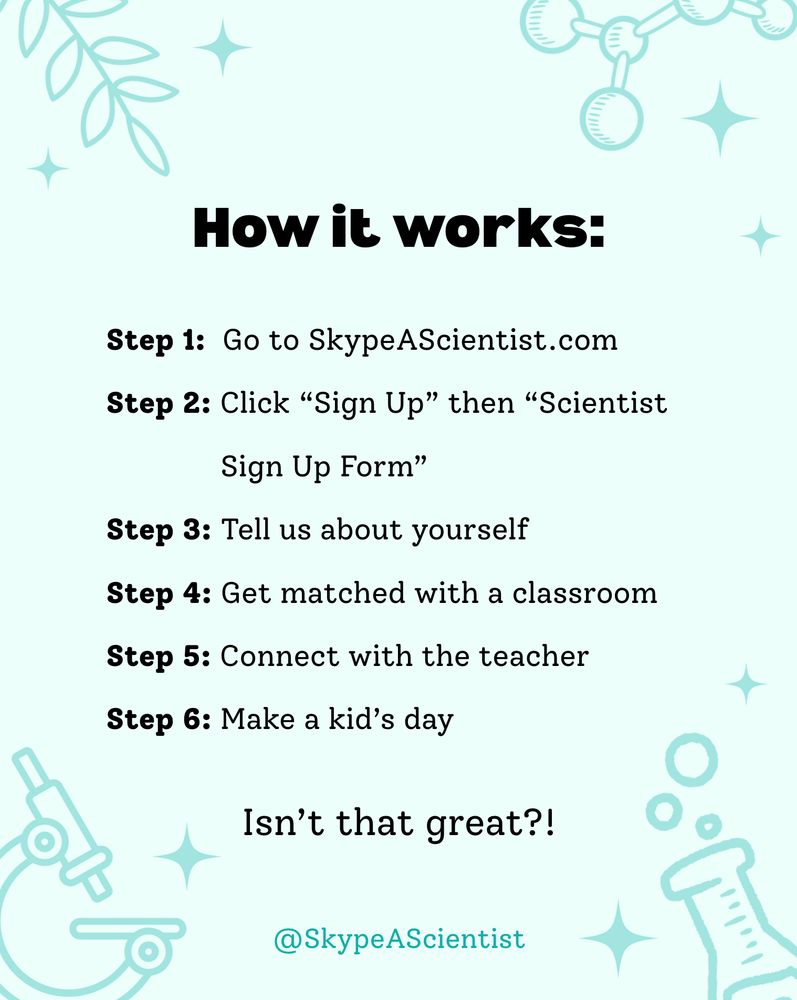
@skypeascientist.bsky.social matches scientists with classrooms, libraries, & more for virtual Q&As! It's easy and fun!
We are looking for 750 more volunteers by 8/15
If you're down to chat with 1-5 classrooms this semester, sign up here
www.skypeascientist.com/sign-up.html

I'm glad that I was able to capture one such moment with this male Lesser Nighthawk during my 1st time seeing the species.
#nature #photography #BirdsSeenIn2025

Lesser Nighthawks like to zoom around the desert scrub searching for insect swarms, usually around dusk.
#birding #nature #photography ##BirdsSeenIn2025
I did not leave the USA.
Who is the gull?

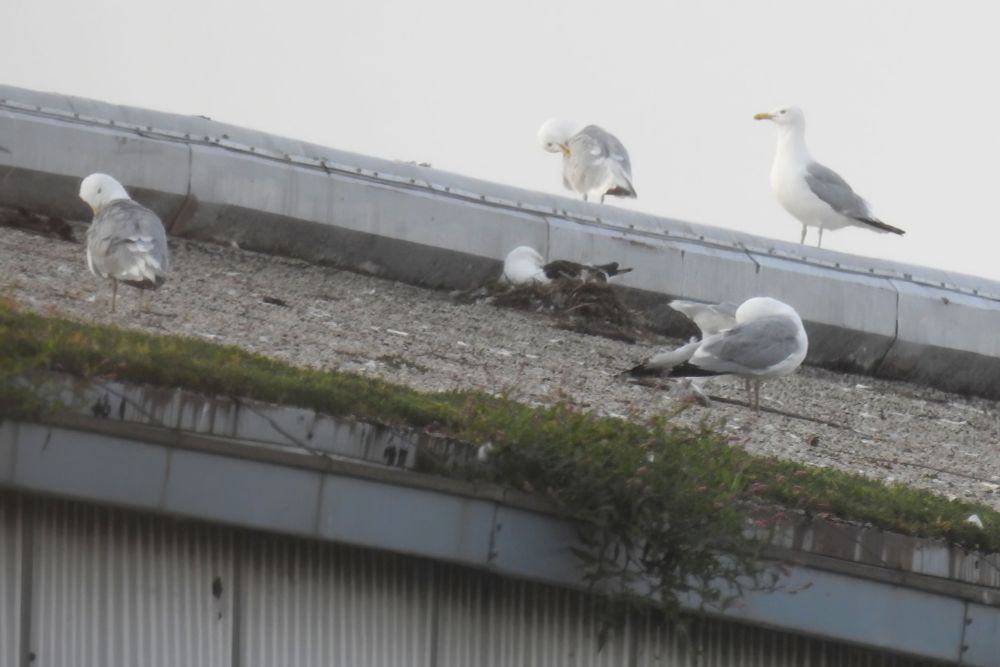
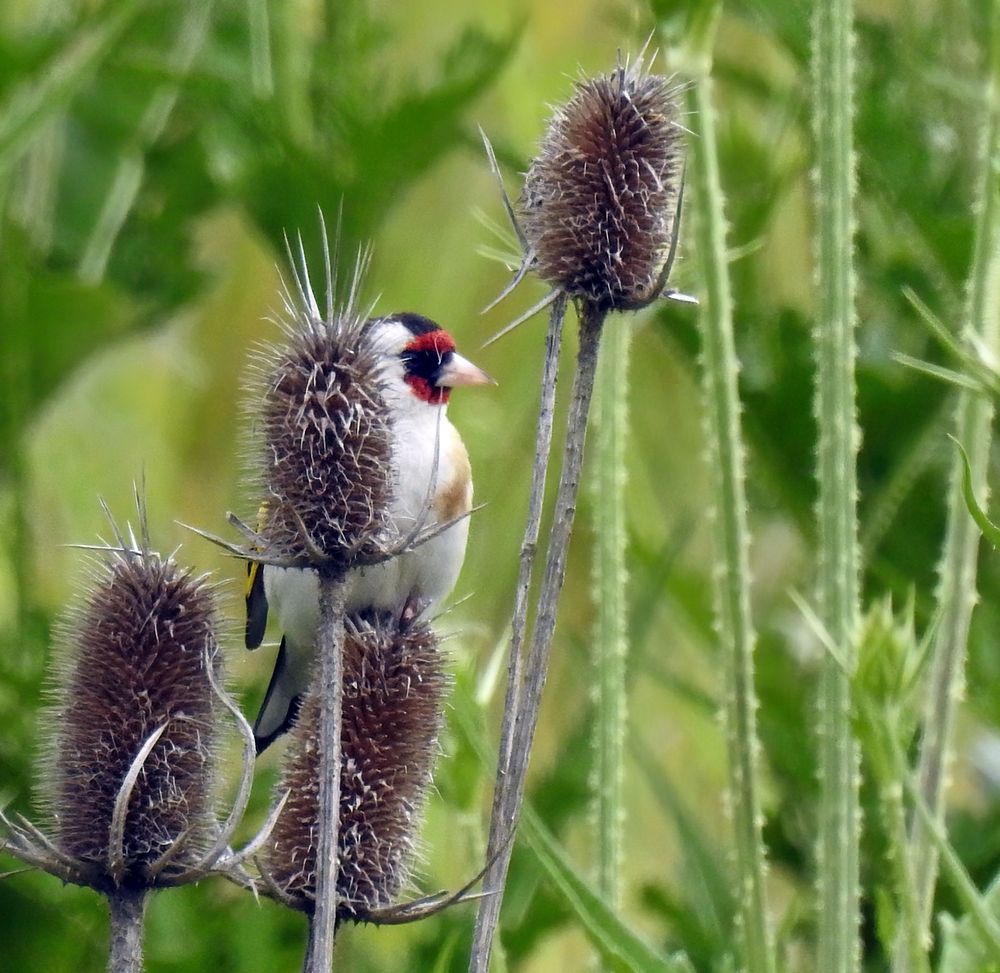
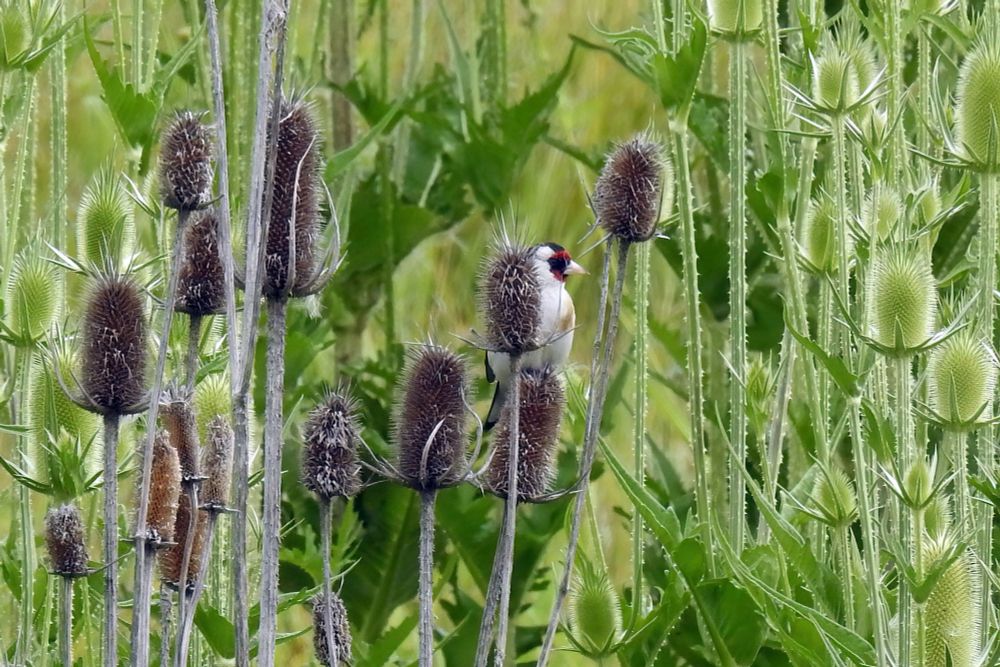
Based on the two unusual bird species in these not-so-great photos, can you deduce where I was last weekend?
#birds #birding #BirdsSeenIn2025

This is a Common Poorwill --- the smallest nightjar species in North America! 🪶
#birding #nature #photography #BirdsSeenIn2025

The 2 whip-poor-wills that breed in the USA were split into distinct species in 2010 based on differences in vocalizations and genetics.
#birding #nature #photography #BirdsSeenIn2025

Here is my 1st ever photo of an Eastern Whip-poor-will that was found day-roosting at Magee Marsh Wildlife Area this past May.
#birds #birding #nature #photography #BirdsSeenIn2025
Reposted by Hannah L. Clipp

Letters to a Pre-Scientist is now recruiting STEM professional pen pals for the 2025-26 school year. Volunteers send and receive letters throughout the school year with a student, to inspire all students to explore a future in STEM. Learn more: buff.ly/fjsQTOM #WomenInSTEM

Although the subject matter was slightly out of my expertise, they were gracious enough to let me contribute, which was a fun experience!

"Integrating disturbance to improve our understanding of range-wide patterns in tree species abundance and demography"
authors.elsevier.com/c/1lDKR1L~Gw...
As I get settled into the position, I look forward to collaborating on applied research that will be used to drive conservation and policy efforts in the Northeast and Mid-Atlantic regions.

It has been 2 years since I successfully defended my PhD dissertation, and although my planned career path with the Forest Service was upended...
I am delighted to announce that I have started a new, permanent position as a conservation scientist with the Appalachian Mountain Club.
Research article title: "Optimizing management of wildlife openings in forested landscapes for game birds and overall avian diversity"
Link to article: wildlife.onlinelibrary.wiley.com/doi/10.1002/...

- management recommendations for 3 game bird species, breeding songbirds within wildlife openings and in the adjacent forest, and post-breeding songbirds
8 field technicians, 3 field volunteers, and 15 data processing assistants;
12 months (mid-April to mid-August from 2019 to 2021) of fieldwork in the Monongahela National Forest;
Reposted by Neil A. Gilbert

Research article title: "Optimizing management of wildlife openings in forested landscapes for game birds and overall avian diversity"
Link to article: wildlife.onlinelibrary.wiley.com/doi/10.1002/...
New trees will be the tricky part, as our property boundary doesn't include much land, and light conditions will depend on the location / height of the new apartment buildings. :/


The removal of those trees and shrubs portends the loss of much of our backyard wildlife, and for a wildlife biologist and birder, that is quite sad.
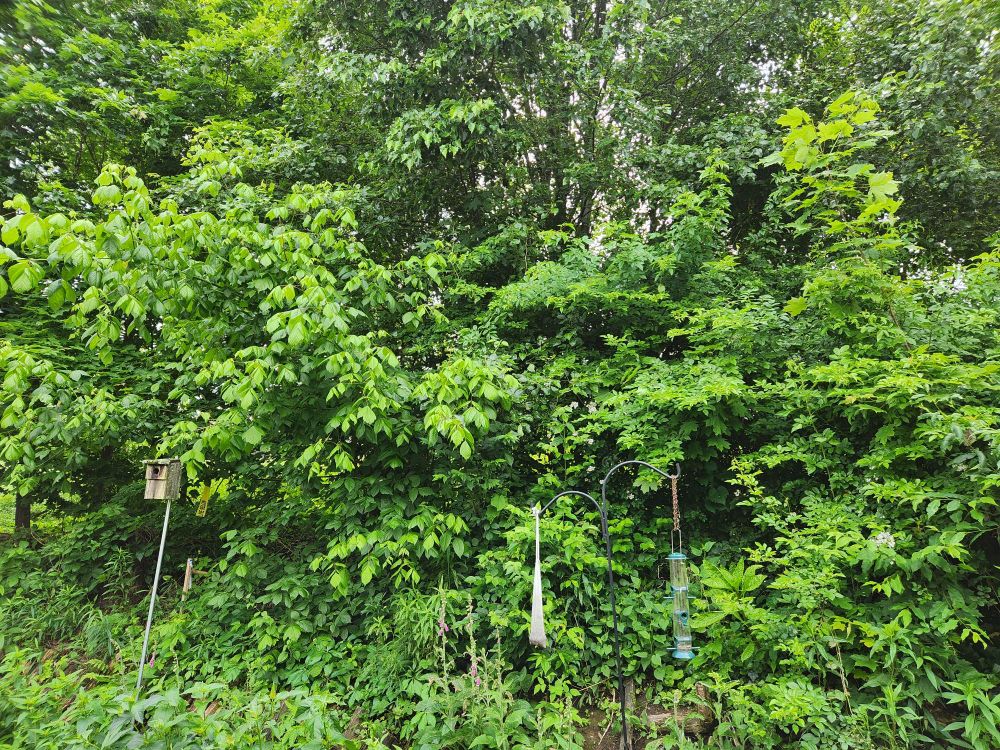

We also catered to the occasional hawk, pileated woodpecker, mockingbird, brown thrasher, grackle, red-winged blackbird, and nuthatch.

